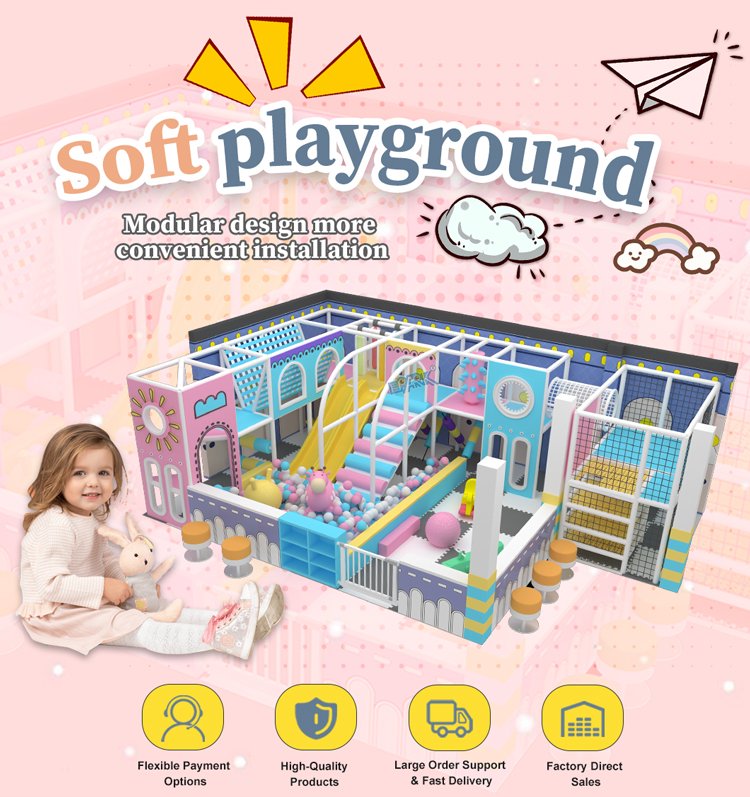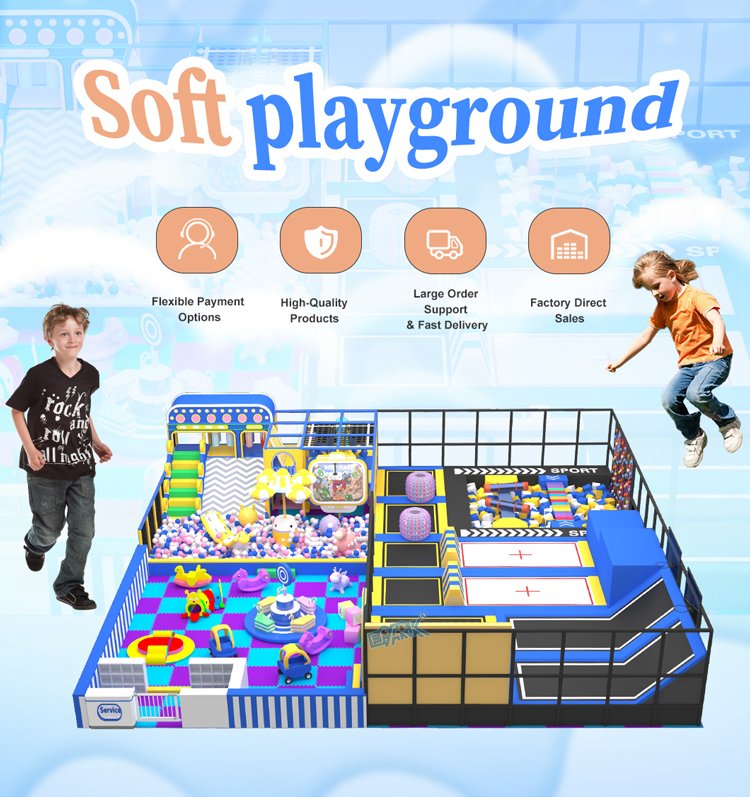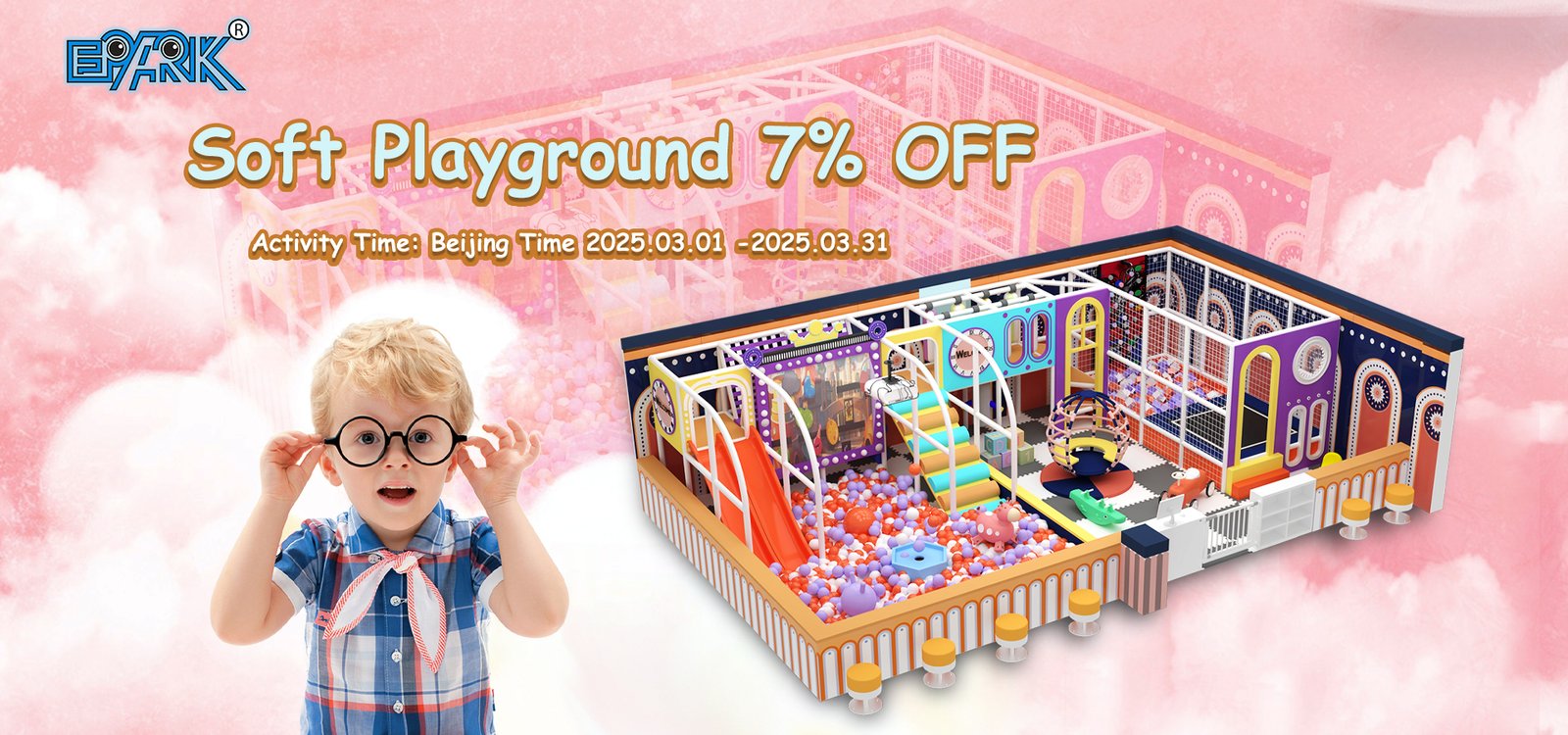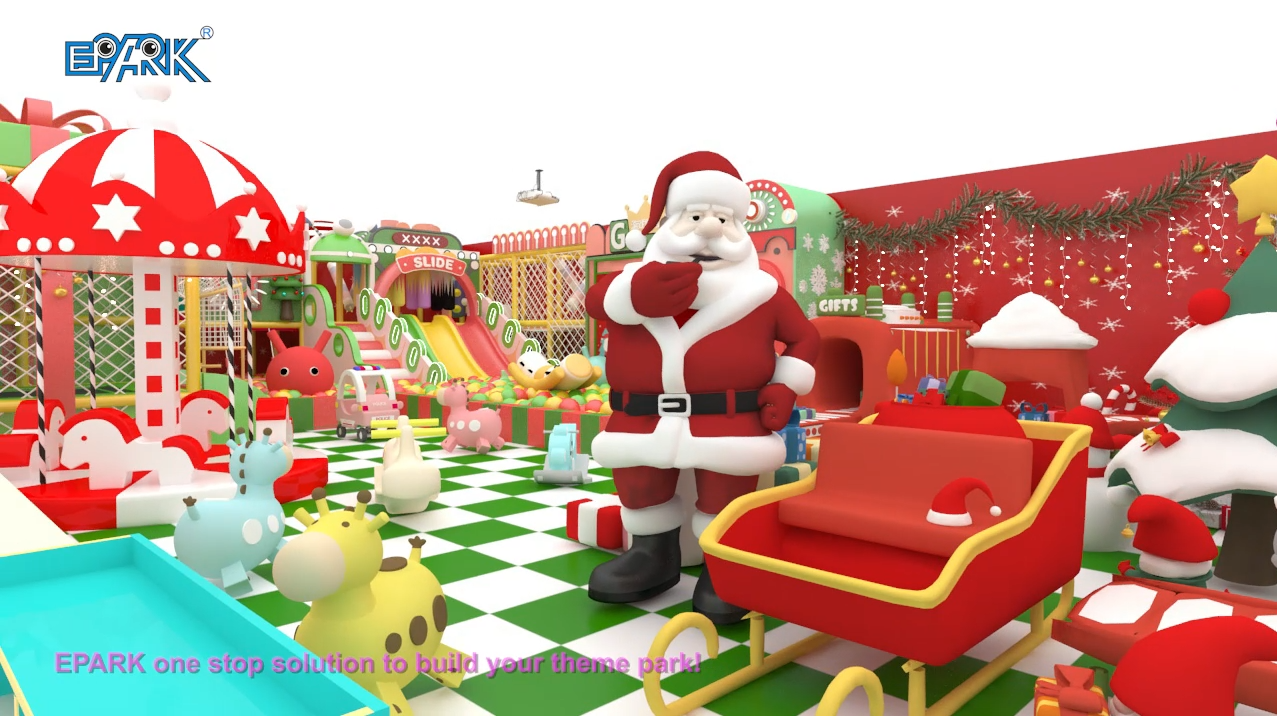Installing an indoor playground can be a rewarding project, especially for creating a safe and fun environment for kids. Here’s a step-by-step guide to help you with the process:Installing an indoor playground can be a rewarding project, especially for creating a safe and fun environment for kids. Here’s a step-by-step guide to help you with the process:Installing an indoor playground can be a rewarding project, especially for creating a safe and fun environment for kids. Here’s a step-by-step guide to help you with the process:

Step 1: Plan the Design
- Measure the Space: Determine the available dimensions, including ceiling height, for the playground.
- Choose a Theme and Features: Decide on the type of play equipment, such as slides, climbing walls, tunnels, or ball pits.
- Consider Age Group: Select equipment appropriate for the age range of children who will use it.
- Safety First: Ensure the design includes ample clearance for movement and adheres to safety standards.
Step 2: Obtain Necessary Approvals
- Check local regulations for indoor play equipment installations.
- Ensure the building is compliant with safety and fire codes.
Step 3: Prepare the Area
- Clear the Space: Remove furniture or obstacles.
- Install Flooring: Use padded or non-slip flooring to prevent injuries. Options include rubber mats or foam tiles.
- Check Load-Bearing Capacity: Ensure the floor can handle the weight of the equipment and children.
Step 4: Order and Inspect Equipment
- Purchase your equipment from a reputable supplier.
- Check that the equipment meets safety certifications, such as ASTM or EN standards.
- Inspect all parts for damages or missing components upon delivery.
Step 5: Assemble the Playground
- Follow Manufacturer’s Instructions: Carefully assemble each component.
- Secure Fastenings: Double-check bolts, screws, and attachments to ensure stability.
- Anchor Larger Structures: For slides or climbing walls, anchor them securely to prevent tipping.
Step 6: Install Safety Features
- Add padding around sharp edges or poles.
- Ensure equipment with moving parts has proper enclosures or guards.
- Place shock-absorbing surfaces under high-impact areas like slides or swings.
Step 7: Inspect and Test
- Conduct a Safety Inspection: Walk through the playground to identify and fix any potential hazards.
- Test the Equipment: Check the durability and functionality of all components.
- Trial Run: Allow a small group of children to test the playground and observe for any issues.
Additional Tips:
- Maintenance: Regularly inspect and maintain the equipment to ensure ongoing safety.
- Supervision: Establish rules and guidelines for safe usage.
- Decor: Add kid-friendly wall art or themes to enhance the appeal.
Would you like specific recommendations for equipment or materials?






